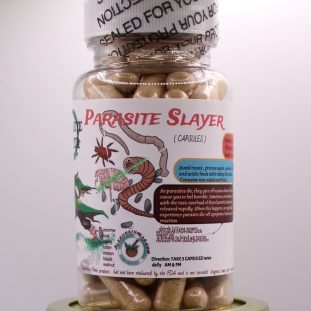“GROUNDED CLOVE POWDER CAPSULES” has been added to your cart. View cart
Asprins are made from white willow bark, so it is used for pain, including headache, muscle or joint pain, menstrual cramps, rheumatoid arthritis (RA), osteoarthritis, gout, and a disease of the spine called ankylosing spondylitis.
Willow bark’s pain relieving potential has been recognized throughout history. Willow bark was commonly used during the time of Hippocrates, when people were advised to chew on the bark to relieve pain and fever.
Willow bark is also used for the common cold, flu, and weight loss.
- Treating lower back pain. Willow bark seems to reduce lower back pain. Higher doses seem to be more effective than lower doses. It can take up to a week for significant improvement in symptoms.
- Osteoarthritis. Research on willow bark extract for osteoarthritis has produced conflicting results. Some research shows it can reduce osteoarthritis pain. In fact, there is some evidence suggesting that willow bark extract works as well as conventional medications for osteoarthritis. But other research shows no benefit.
- Rheumatoid arthritis (RA). Early research suggests that willow bark extract is not effective for rheumatoid arthritis.
- Joint pain.
- Treating fever.
- Other condition

| Weight | 9 oz |
|---|---|
| Dimensions | 5 × 5 × 7 in |
1 review for White willow bark (2oz)
Add a review Cancel reply
Related products
-
Sale!
 Out of stock
BEST SELLERS
Out of stock
BEST SELLERSSlippery elm bark
$33.00Original price was: $33.00.$24.00Current price is: $24.00. Read more -
BEST SELLERS
STINGING NETTLE POWDER
$26.00Original price was: $26.00.$22.00Current price is: $22.00. Add to cart








Desi –
I purchased this herb to replace over the counter meds. It’s been almost 2 years and I haven’t touched Aleve or Tylenol. I never thought I would be able to heal from stress and pre menstrual migraines until I changed my diet and I drink white willow bark tea any time I feel pressure on my head that will lead to a headache or if I tweak my back and want to work on the inflammation.